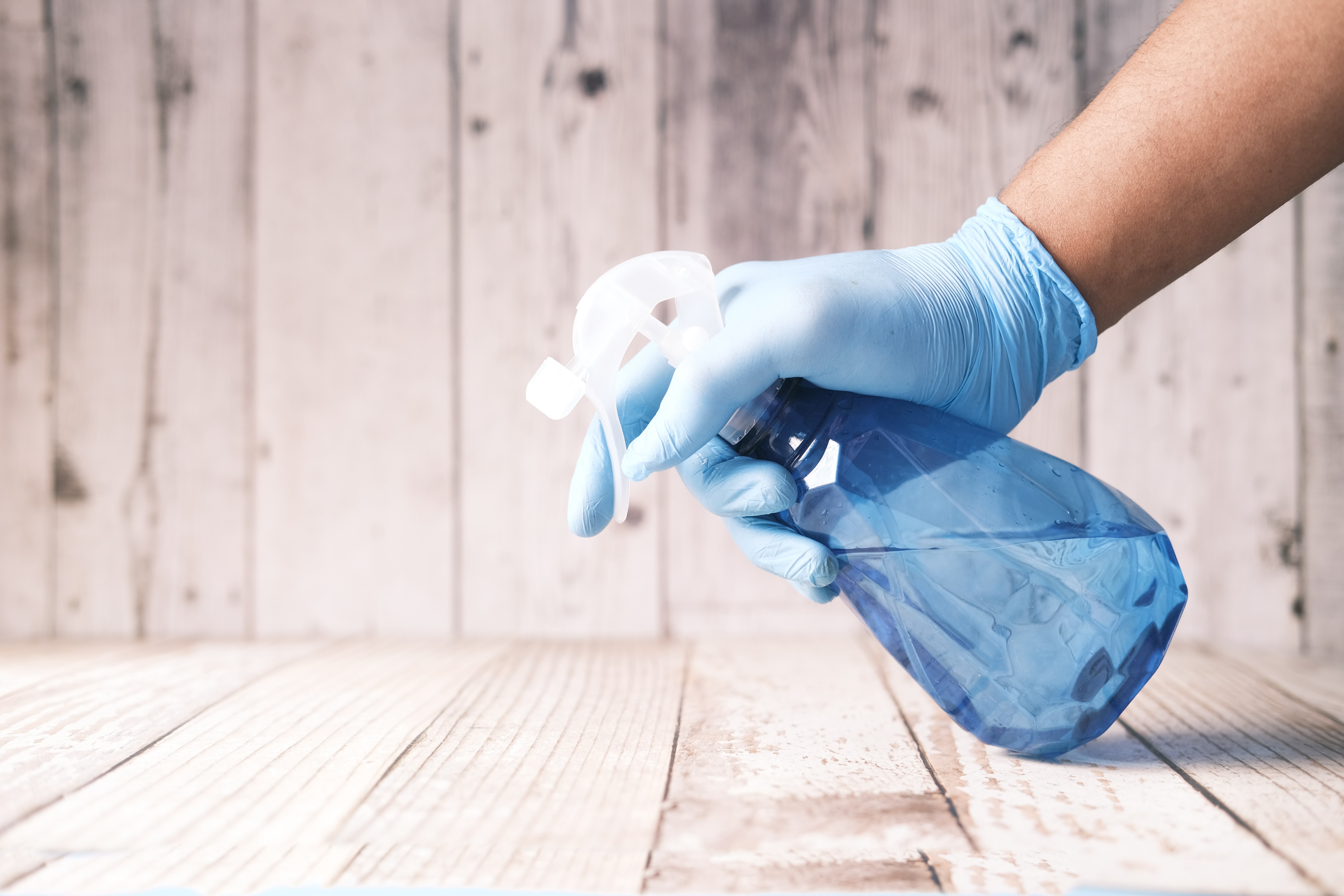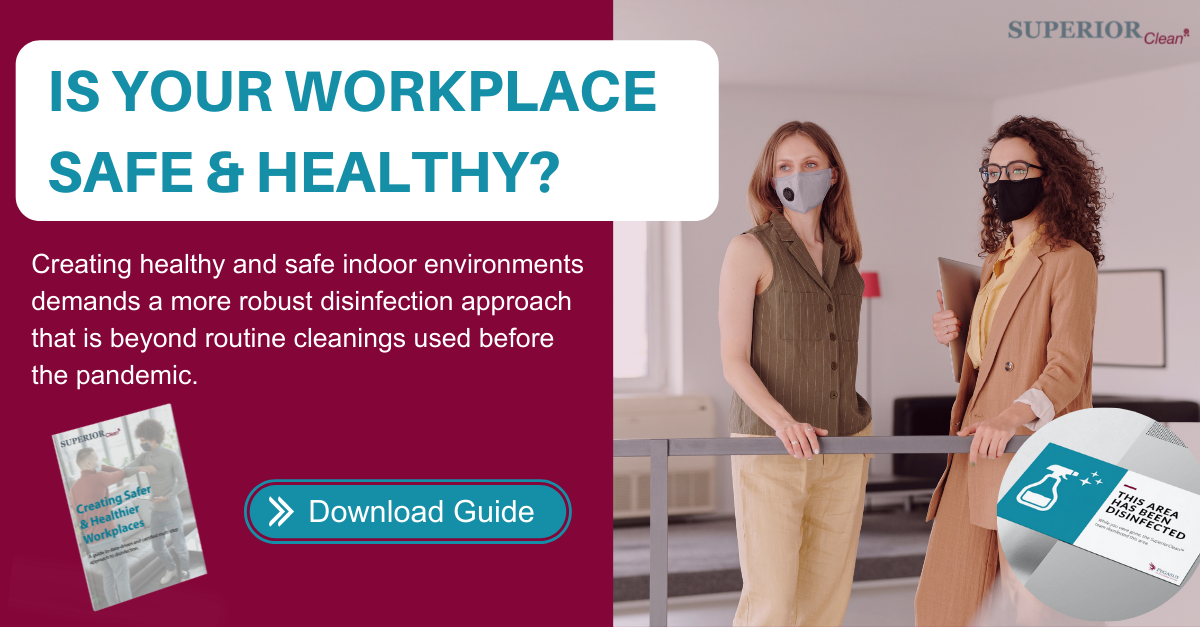Today, the business world is more competitive than it has ever been in the past. This includes janitorial services and custodial operations. In the past, businesses could use emotional marketing to increase their conversion rate. Now, people are demanding information before they decide to partner with your janitorial service. This is shining through in a recent article that was published on ISSA Today. Now, it is clear that you must provide data behind a cleaning assessment that will help you separate yourself from the field.
If you want to increase your cleaning quality, what are a few examples of cleaning data you may want to include? Learn more about how a data-driven assessment, backed by evidence, can help you improve your cleaning services. Then, consider incorporating evidence into your cleaning plans, particularly those that you show prospective clients.
Data Is Valuable
If you are a facility cleaning manager or leader, you probably know what your janitorial service is good at. Commercial cleaning services tend to specialize in a specific area, and you probably understand which industries are perfect for your cleaning style.
At the same time, how do you really know just how good your operation is? What metrics do you use to confirm your success? How can you demonstrate that you are exceptional at cleaning for health to your stakeholders and clients? A cleaning assessment is the best way to do that.
There is a saying that numbers do not lie. Even though they can be interpreted in multiple ways, they are critical if you want to produce long-term, sustainable changes that can boost your custodial operations. Furthermore, with a comprehensive cleaning assessment, you can build knowledge. You can boost your confidence in your cleaning procedures and show your customers and clients that you have verifiable results.
If you want to get the most out of your cleaning assessment, there are several important components that you need to include.
Manage Expectations
When performing a cleaning assessment for the first time, you need to temper expectations. You may not know exactly what types of results you will get. Remember that a cleaning assessment is based on facts, not estimations or projections. You might be surprised that you are better at something than others. You may also be a bit shocked when you see that you aren't doing quite as well as you thought and certain areas.
Remember that you also need to figure out what is important to your stakeholders. You need to collect expectations from those that are most important to your business, and you need to do everything you can to meet those expectations. You might even want to get those expectations in writing to target your cleaning assessment to match them.
To get the most out of your janitorial services and cleanrooms, you need to follow all the best practices in your field. We offer cleaning and maintenance solutions at Pegasus, and it would be our pleasure to help you. Download our guide today!
Keep the Focus on the Results
The results of the assessment are most important. You may need to update ineffective procedures, and you might need to invest in new equipment. At the same time, how do you know what requires changing? You cannot answer this question until you collect the right information. Use the results to tell you what you are doing well and what you need to improve.
Important Procedures for Collecting Information
There are plenty of ways you can measure cleaning results. Some of the most important tasks that you may want to accomplish include:
- A Visual Checklist: You should start by walking around the facility to inspect specific surfaces. What looks clean? Even though this will certainly not be conclusive, you need to start with your eyes. After all, there's never a second chance to make a first impression, and that first impression needs to count.
- Use Your Nose: You should also use your nose. If there is something that smells a bit off, it probably is. You have a lot of experience backing your assessment, and you need to use that experience (and your nose) to help you.
- Fluorescence and Black Lights: You should also use fluorescent gel and black lights to help you as you conduct a visible inspection. Fluorescent gel is invisible to the naked eye, and it can be removed easily during the cleaning process. You need to replace the gel on random surfaces to make sure all surfaces are cleaned appropriately. You may also want to use a blacklight to highlight issues that may have otherwise been overlooked.
- Use an ATP Meter: ATP stands for adenosine triphosphate. It is the source of energy for all living things. It can give you a good indication of whether bacteria and other life pathogens are still on the surface. Use this meter to figure out the amount of ATP remaining.
- Imaging Technology: You may also want to use imaging technology to produce high-quality images that can show contamination. This is still a relatively new phenomenon, but it may be worth incorporating into your comprehensive cleaning assessment.
- Slips and Falls: You should also have a way to prevent slips, trips, and falls. You should have a program in place to improve employee safety, and you need to check the program results from time to time.
- Indoor Air Quality: You should also have air filters and monitors in place that can track the quality of your indoor air. You should track particulate matter and carbon dioxide in the air.
Make sure you have a comprehensive strategy to generate a clear picture of your cleaning assessment.
Report the Results and Analyze Them
Once you are done, report the results to your managers and employees. Analyze them closely to figure out what you are doing well and what you can improve. Then, boost the quality of your janitorial services to provide better results for your customers and clients.
Interested in getting started with professional cleaning services? Contact Pegasus today. 






